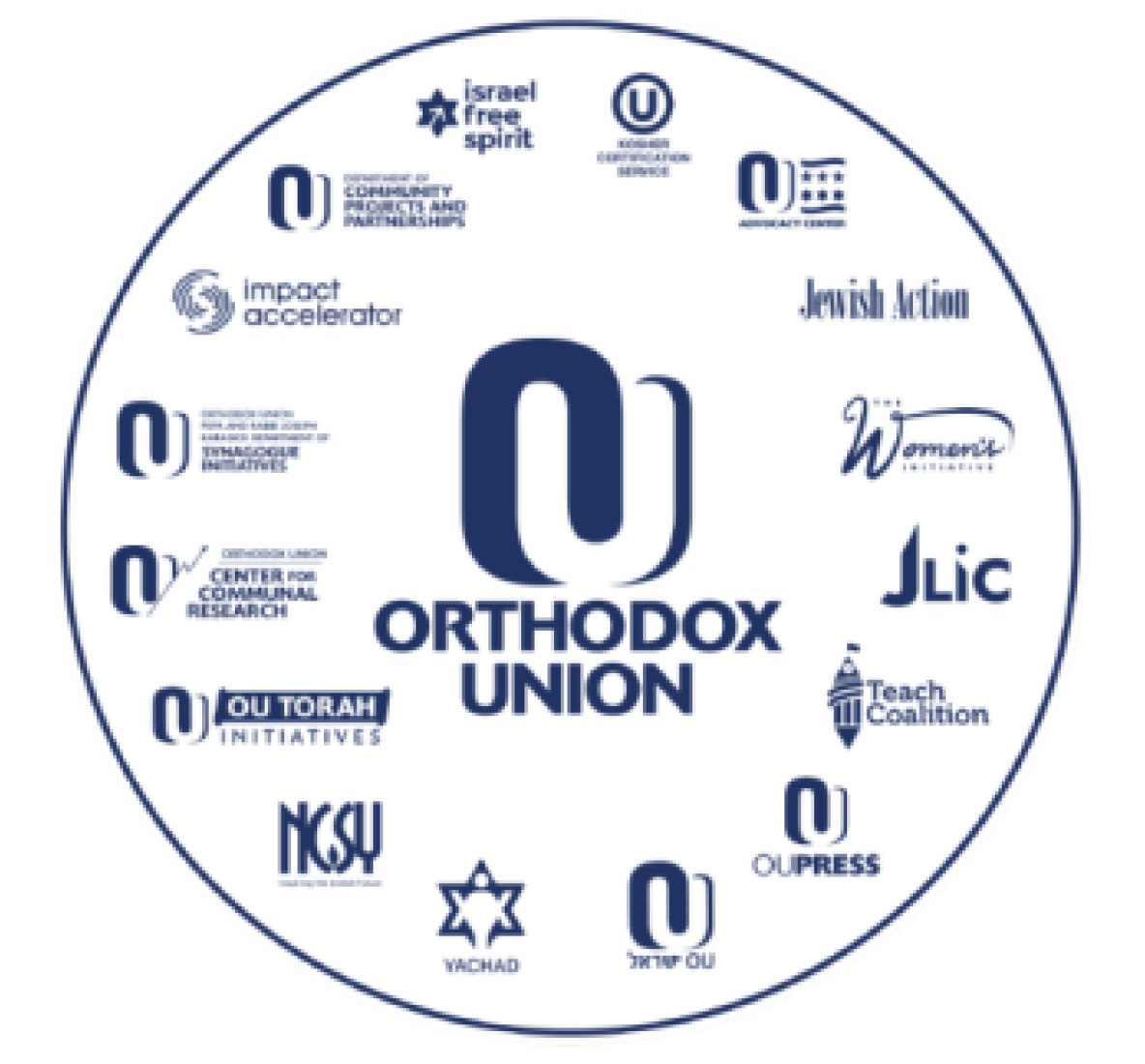Did Moshe know everything, including science and technology? Was he capable of building spaceships and nuclear missiles? Among Torah scholars, there seem to be two answers to those questions. We find those answers in discussions of what was once a new technology, the printing press.
I. Printing on the Efod
Rav David Ha-Levi Segal (17th cen., Poland; Taz, Yoreh De’ah 271:8) argues that printing constitutes writing and not engraving, as some suggest. Even though you are engraving a letter and then inking and pressing that engraving to paper, it is considered writing. He proves this from the Talmud (Sotah 48b), which asks why King Shlomo needed the shamir creature? The shamir was able to eat through stone. According to R. Yehudah, we are not allowed to cut the stones of the Temple with iron so instead they used the shamir to shape the stones. According to R. Nechemiah, we are allowed to cut the stones of the Temple with iron. If so, why did Shlomo need the shamir? The Gemara answers that they were used to engrave the appropriate words onto the stones of the Kohen Gadol’s breastplate (efod).
The Taz asks that if a printing press is considered engraving, why didn’t Shlomo print the words onto the efod? From the fact that Shlomo needed the shamir, we see that printing is considered writing and not engraving.
II. Technology and Time
Rav Yair Chaim Bacharach (17th cen., Germany; Chavos Ya’ir, no. 184) objects to this proof. The printing press with movable type was only invented around the year 1440 (5200 in the Jewish calendar). How could Shlomo use a technology that had not yet been invented? Rav Bacharach acknowledges that he is referring to a printing press with movable type, in which each individual letter can be moved. This allows for easy printing of multiple pages by rearranging the letters on the press. Even in ancient times, they had ways to print whole words. However, we are discussing the printing of letters, which did not exist in Shlomo’s time. Therefore, argues Rav Bacharach, this proof is not decisive.
Continue reading on Torahmusings.com
The words of this author reflect his/her own opinions and do not necessarily represent the official position of the Orthodox Union.


